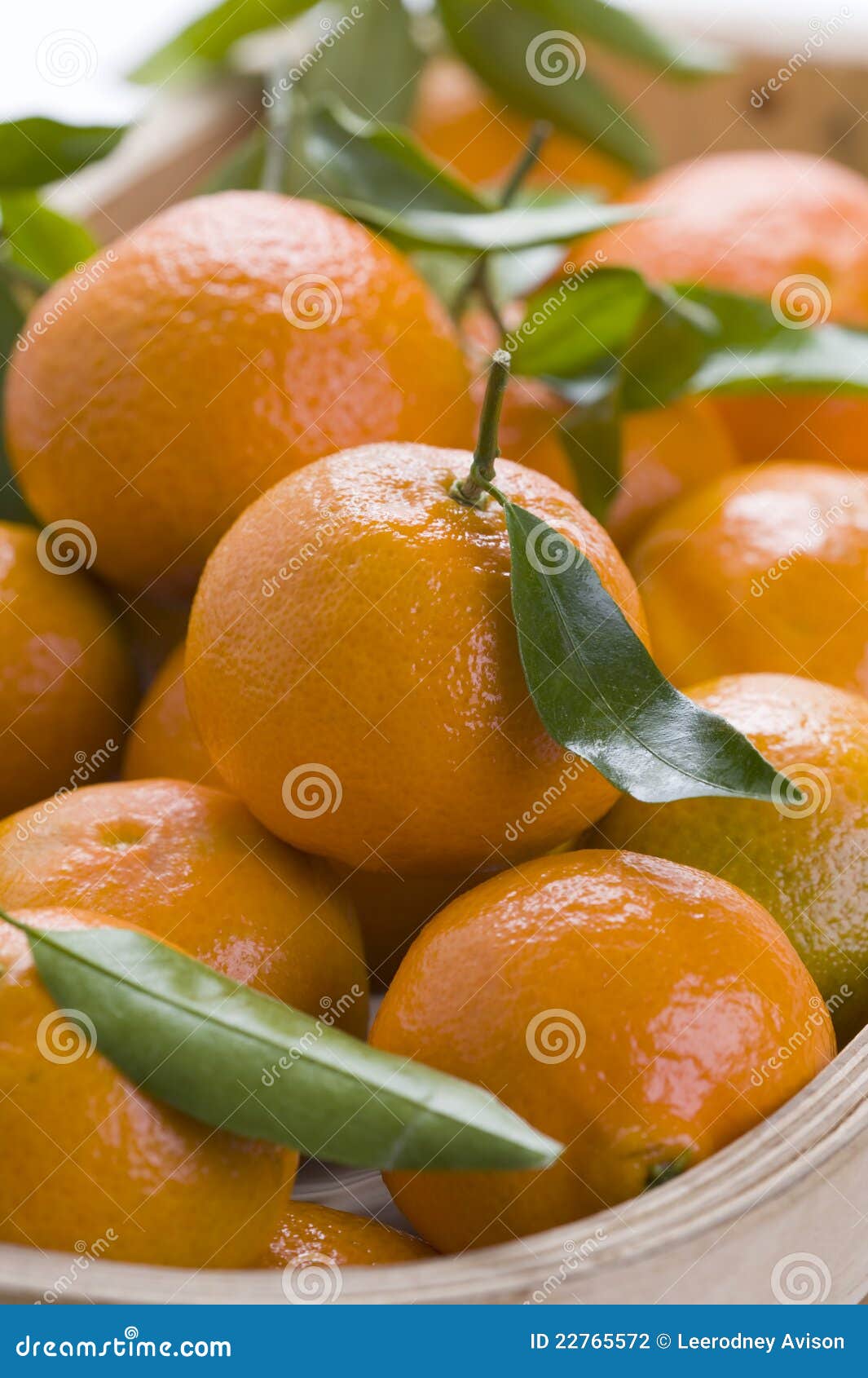
With few calories and a small size, a couple of clementines at snack time will do just the trick to curb hunger and boost nutrition.Įating foods that provide benefits to the body is the most sensible thing a person can do. Those who still feel hungry can even eat a second without feeling guilty. It's an ideal snack for anyone looking to get in shape. One clementine contains just 35 calories. Those who struggle with drinking milk or eating yogurt can use clementines as another source.Īttempts at weight loss often result in the need for low-calorie snacks. It counts as something toward the recommended daily intake dietitians suggest. Though this isn't an incredibly large amount, it is still worthwhile. Twenty-two milligrams of calcium are found in one clementine. The mineral balances out salt intake to lower blood pressure. There's 131 milligrams of potassium in just one of these small fruits. At 3 percent of the daily value, one clementine already makes a significant step toward helping people reach their goal. Potassium is yet another nutrient found in clementines. Many foods, including clementines, provide both types. Soluble fiber helps to protect against heart disease while insoluble fiber aids in digestion. That's already 5 percent of the daily value recommended for people to have. One clementine provides at least 1.3 grams of dietary fiber.

It's a very necessary component of overall health that most people need more of in their diet.Ī lot of options for fiber seem to come from vegetables. Vitamin C boosts immunity, helps to cure sickness, and repairs tissues. Just one provides 60 percent of the recommended daily value. Just like oranges, one of the biggest benefits of a clementine is all of the Vitamin C it contains. They may be smaller in size, but they still have a lot to offer.

Clementines provide the taste and nutrition of an orange with an easier to peel shell. If you're in a hurry, you're more likely to skip the orange and grab a granola bar or other easily-opened food instead. However, they're often difficult to peel. Back to The Joint Chiropractic - SayeBrook #08017Ĭrazy About Clementines: Benefits of the Fruit.It is rich in calcium, phosphorus and potassium.It is said that Clementine was an accidental hybrid which was discovered by Father Clement Rodier in an orphanage in Algeria.It has a smooth and glossy appearance and is mostly seedless.Tangerine is an excellent source of vitamin C and beta carotene.Varieties of tangerine include the sweet honey tangerine (Murcott), sunburst tangerine, Fairchild tangerine and Dancy tangerine.Tangerines have been cultivated in Japan and Uganda for more than three thousand years.There is 2.4 grams of fibre in every 100 gm of orange.Blood Orange, Navel Orange, Persian Orange and Valencia Orange are some famous varieties.Orange is a hybrid of pomelo (Citrus Maxima) and mandarin.Orange’s fruit is a hesperidium (type of berry).Oranges are rich in potassium, vitamin c and calcium. There are 2.4 grams of fiber in every 100 gm of orange hence it has more fibre as compared with clementines and tangerines. They are less acidic than the lemon but its acidic nature can be compared to that of household vinegar. Oranges have a pH level of 2.5 – 3 and hence are acidic. They are rich in calcium, phosphorus and potassium. There are 12g and 9g of carbohydrate and sugar respectively in every 100 grams of Clementine. They are also rich in potassium, magnesium and vitamins B1, B2, and B3. Tangerines are an excellent source of vitamin C and beta carotene. A very similar variety of Clementine is called the Satsuma. Clementine and its many varieties are not easily distinguishable.
Clementine vs orange skin#
Dancy tangerine was also called kid glove orange or zipper skin tangerine for its loose peel. Dancy tangerine is another one of the oldest varieties and is not grown widely anymore. Varieties of tangerine include the sweet honey tangerine (Murcott), sunburst tangerine and Fairchild tangerine.

Various varieties of oranges are consumed widely some of the very popular ones are the Blood Orange, Navel Orange, Persian Orange and Valencia Orange. Tangerines have been found in various sizes ranging from that of a walnut to the size greater than that of an average orange. Tangerines have been cultivated in Japan and Uganda for more than three thousand years. However some say that it was cultivated in China at a much date. It is believed that the Clementine was an accidental hybrid which was discovered by Father Clement Rodier at an orphanage in Algeria. The name ‘orange’ is derived from the Sanskrit language. It is believed that oranges were cultivated in Southeast Asia originally. Orange is a hybrid of pomelo (Citrus Maxima) and mandarin.


 0 kommentar(er)
0 kommentar(er)
